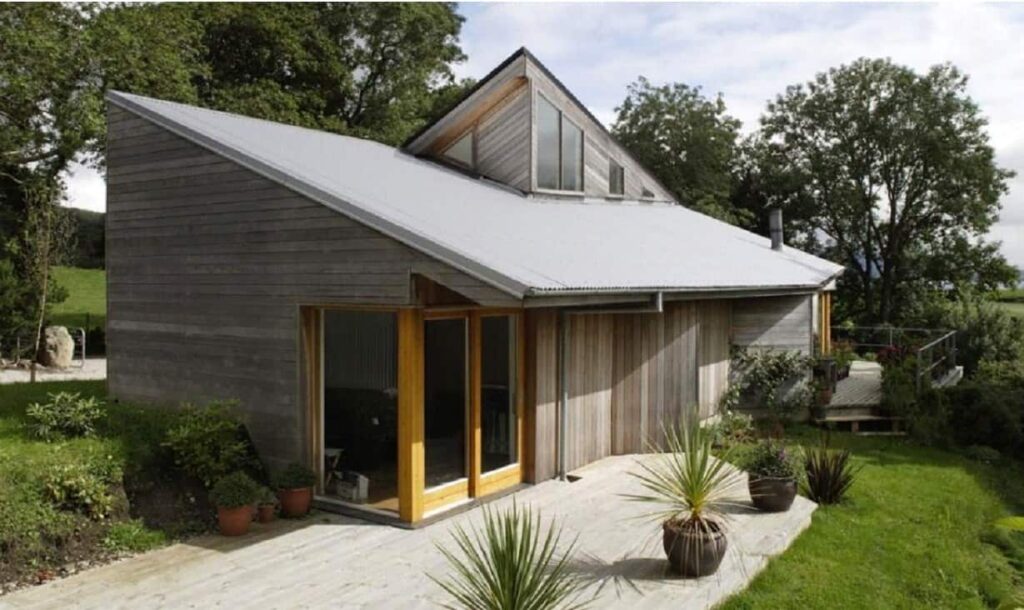
Indigenous Climate Responsive Housing: A Sustainable Future
As the world grapples with the challenges posed by climate change, the need for indigenous climate responsive housing becomes increasingly evident. These housing solutions not only align with environmental sustainability but also honor the traditional knowledge and practices of Indigenous communities. In this article, we explore how indigenous climate responsive housing can play a pivotal role in creating a sustainable future.

The Importance of Indigenous Knowledge
Indigenous communities have lived in harmony with nature for centuries. Their deep understanding of the land and climate has led to the development of housing solutions that are both sustainable and efficient. By integrating indigenous knowledge into modern architecture, we can create homes that are better equipped to handle climate fluctuations.
Design Principles of Indigenous Housing
Understanding Local Climate
One of the key aspects of indigenous climate responsive housing is its adaptability to local climates. By understanding the specific weather patterns and environmental conditions of a region, indigenous housing can be designed to maximize comfort and efficiency.
Use of Natural Materials
Indigenous housing often incorporates natural materials sourced from the surrounding environment. This not only reduces the carbon footprint of construction but also ensures that the buildings blend seamlessly with their surroundings.
Energy Efficiency
Energy efficiency is a cornerstone of indigenous climate responsive housing. From passive solar design to natural ventilation, these homes are equipped with features that minimize energy consumption and promote sustainability.
Case Studies: Indigenous Housing Around the World
North America
In North America, Indigenous communities have long relied on traditional housing structures like the tipi and igloo. These designs are tailored to withstand harsh weather conditions while providing comfort and safety.
Australia
Australian Aboriginal communities have developed unique housing solutions that reflect their deep connection to the land. These homes are designed to be resilient against extreme temperatures and are often constructed using locally available materials.
Modern Applications and Innovations
Integrating Modern Technology
While traditional designs provide valuable insights, modern technology can enhance the efficiency and sustainability of indigenous climate responsive housing. Innovations such as solar panels and rainwater harvesting systems can be seamlessly integrated into these homes.
Community Involvement
For indigenous climate responsive housing to be successful, community involvement is essential. By engaging local communities in the design and construction process, we can ensure that these homes meet the unique needs and preferences of their inhabitants.
The Future of Indigenous Housing
As we look towards the future, the role of indigenous climate responsive housing in creating sustainable communities cannot be overstated. These homes offer a blueprint for sustainable living that honors tradition while embracing innovation.
Conclusion
In conclusion, indigenous climate responsive housing represents a harmonious blend of tradition and modernity. By leveraging the wisdom of Indigenous communities and incorporating modern technologies, we can create homes that are not only sustainable but also resilient to the impacts of climate change. As we strive for a more sustainable future, let us draw inspiration from the practices of Indigenous peoples and prioritize the integration of their knowledge into our housing solutions.

FAQs
What is indigenous climate responsive housing?
Indigenous climate responsive housing refers to housing solutions that incorporate traditional Indigenous knowledge and practices to create homes that are adaptable to local climates and environmentally sustainable.
Why is indigenous knowledge important in housing design?
Indigenous knowledge is important because it offers valuable insights into sustainable living practices that have been developed over centuries. By integrating this knowledge into housing design, we can create homes that are both efficient and environmentally friendly.
How can modern technology enhance indigenous housing?
Modern technology can enhance indigenous housing by improving energy efficiency and sustainability. Innovations like solar panels and rainwater harvesting systems can be integrated into traditional designs to create homes that are equipped for the future.
This article contains affiliate links. We may earn a commission at no extra cost to you.